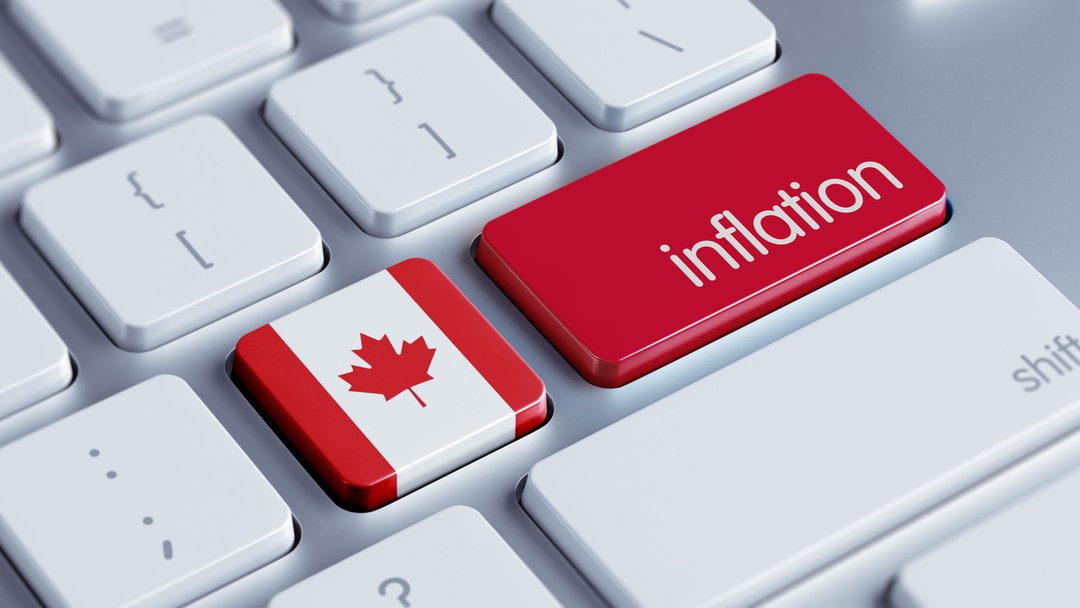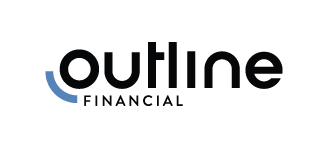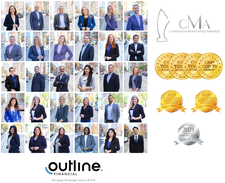
Matt Lundy | Economics Reporter
July 20, 2022
Canadian inflation jumped to the highest rate in nearly four decades in June, although there are tentative signs that consumer price growth is close to topping out, offering relief to families.
The consumer price index (CPI) rose 8.1 per cent in June from a year earlier, up from 7.7 per cent in May, Statistics Canada said on Wednesday. It was the highest inflation rate since January, 1983. Financial analysts were expecting worse, with inflation climbing to 8.4 per cent.

iStock-694662262.jpg
The acceleration was mainly because of gasoline, Statscan said. Consumers paid 6.2 per cent more at the pump in June than May, and 55 per cent more on an annual basis.
However, crude oil has tumbled in recent weeks, which has started to reflect in retail pricing. The national average price for regular unleaded gas was $1.87 a litre on Tuesday, down from a peak of $2.15 in early June, according to data from Kalibrate Technologies.
Shelter and grocery costs grew at slightly slower annual rates in June, a potential sign of progress for cash-strapped household budgets. And excluding food and energy, core inflation rose 0.4 per cent in June, a slower pace than in recent months.
“The slightly weaker than anticipated inflation readings will come as good news for central bankers trying to control price pressures,” Royce Mendes, head of macro strategy at Desjardins Securities, said in a note to clients. “Moreover, the more recent fall in global commodity prices is seeing Canadian energy prices declining in July.”
Central bankers are raising interest rates at the quickest pace in decades in their attempt to tamp down inflation. In less than five months, the Bank of Canada has raised its policy rate to 2.5 per cent from 0.25 per cent. More hikes are coming, bank officials have indicated.
Consumer prices are rising for many reasons, including supply-chain disruptions that have led to product shortages; much higher commodity prices, which is partly because of Russia’s invasion of Ukraine; and cheap borrowing rates that fuelled a boom in home purchases.
The Bank of Canada, along with other central banks, has consistently underestimated the path of inflation for more than a year. For example, in April of 2021, the bank projected CPI growth of just 1.9 per cent in 2022. As inflation was picking up last year, central bankers in Canada and elsewhere said the situation would prove “transitory,” or short-lived.
Instead, consumer prices have continued to escalate, and those increases have broadened to more products and services. The Bank of Canada expects inflation of 7.2 per cent this year and 4.6 per cent in 2023, having revised its CPI forecast higher several times.
The errors in forecasting inflation are problematic. Because it takes a while for changes in interest rates to trickle through the economy, it’s important that central bankers have a somewhat accurate view of future inflation when setting their monetary policy.
Now, central bank officials are playing catch-up and raising rates aggressively to tame inflation that is significantly worse than expected. The Bank of Canada raised its policy rate by a full percentage point last week – its largest hike since 1998.
The bank attributes a large portion of its forecasting error to high commodity prices, such as crude oil, that it didn’t anticipate. It also underestimated supply-chain disruptions and the extent to which consumers would buy goods with many services shuttered by the pandemic.
While some prices are starting to ease, many financial analysts say it’s too early to call a turning point for inflation. For one, high inflation is broadening more products and services.
Furthermore, inflation is picking up speed in some areas. The cost of passenger vehicles rose 8.2 per cent in June from a year earlier, up from 6.8 per cent in May. Hotel rates were up 50 per cent as the travel industry rebounded from pandemic shutdowns.
Another area of concern is that inflation expectations – a key determinant in setting prices and wages – are continuing to rise among businesses and consumers. And even if inflation eases, it could still be a lengthy journey back to desirable levels.
In its latest Monetary Policy Report, published last week, the Bank of Canada said annual CPI growth wouldn’t return to its 2-per-cent target until the end of 2024.
This Globe and Mail article was legally licensed by AdvisorStream.
© Copyright 2025 The Globe and Mail Inc. All rights reserved.


